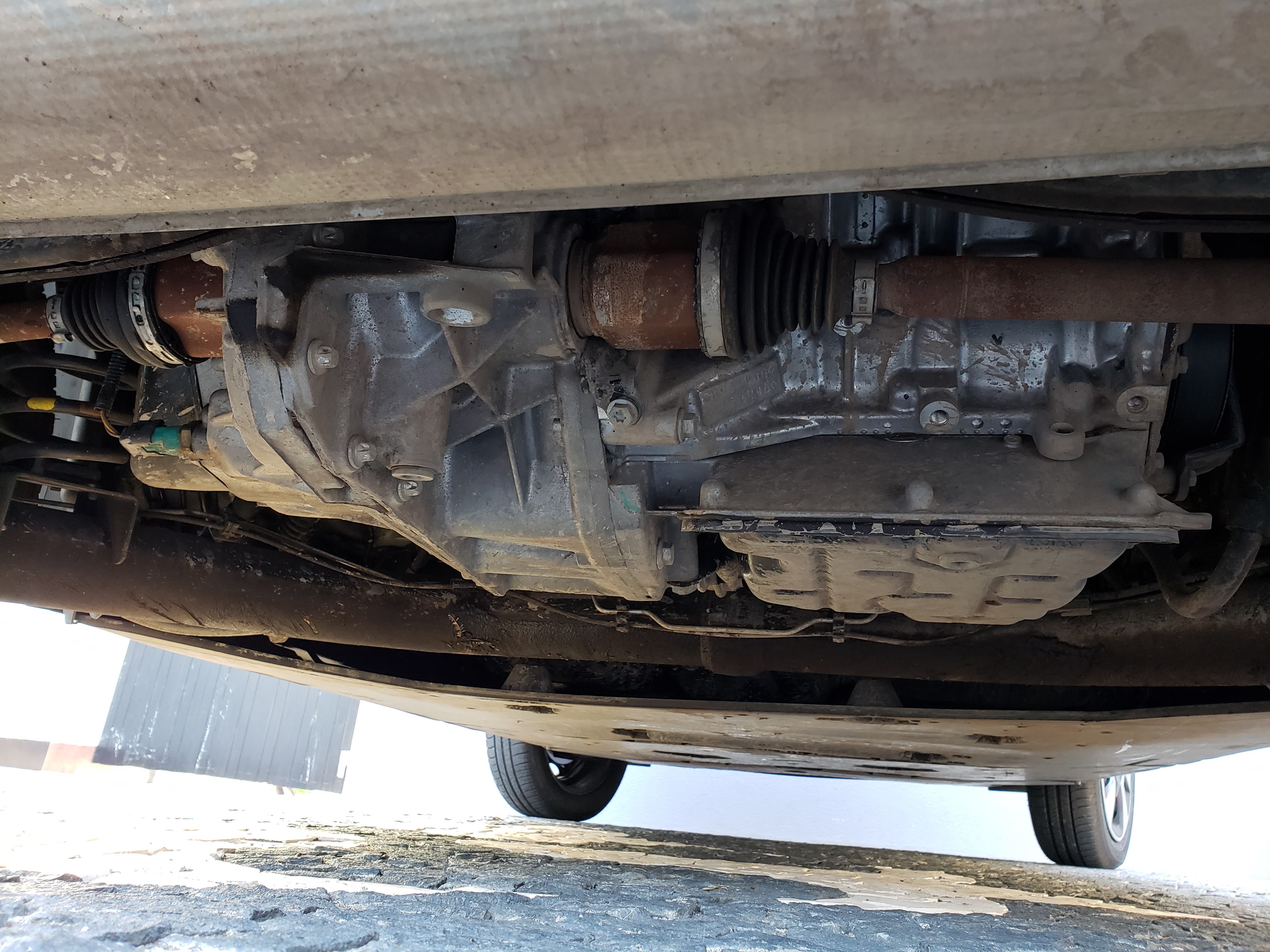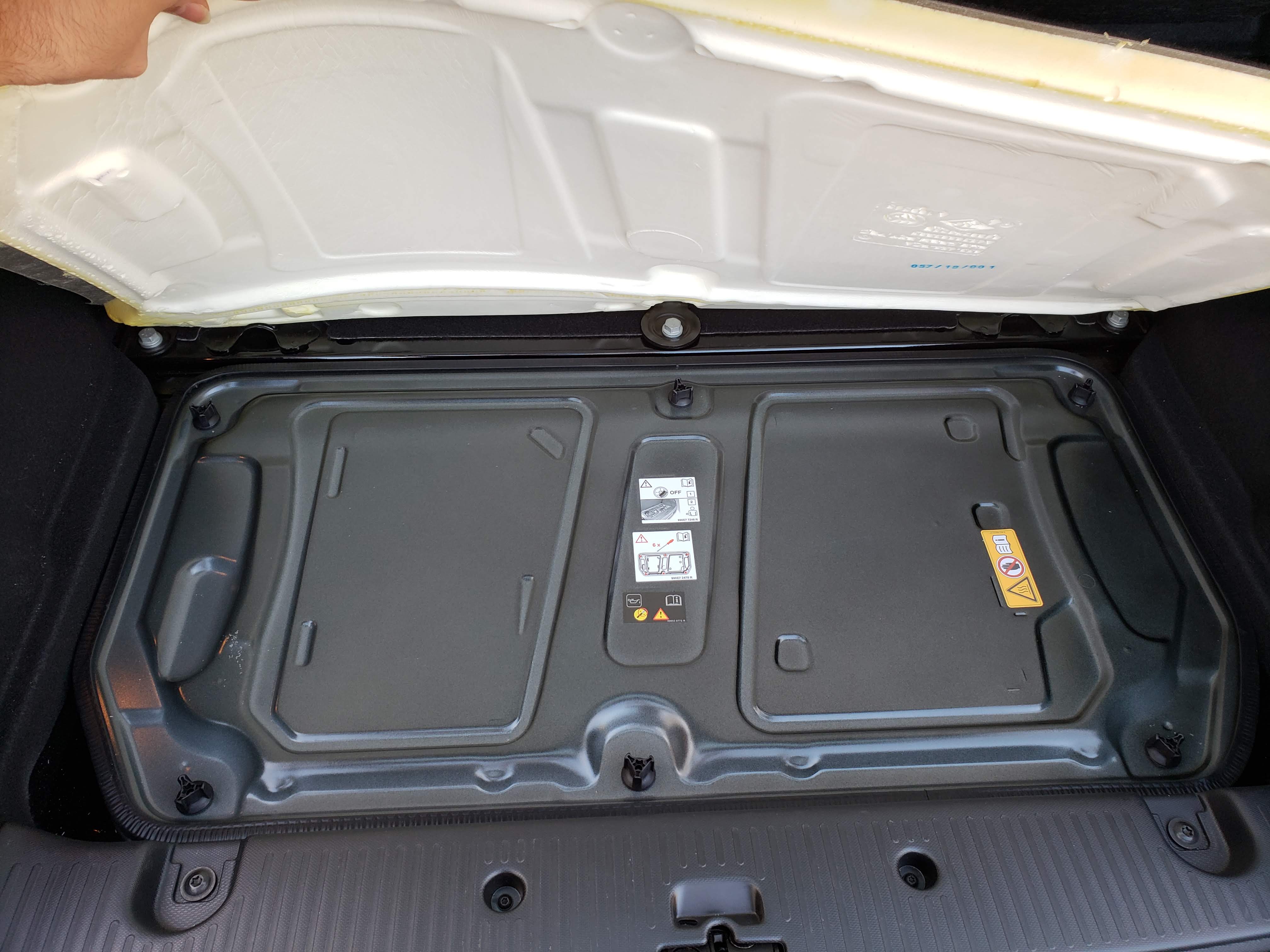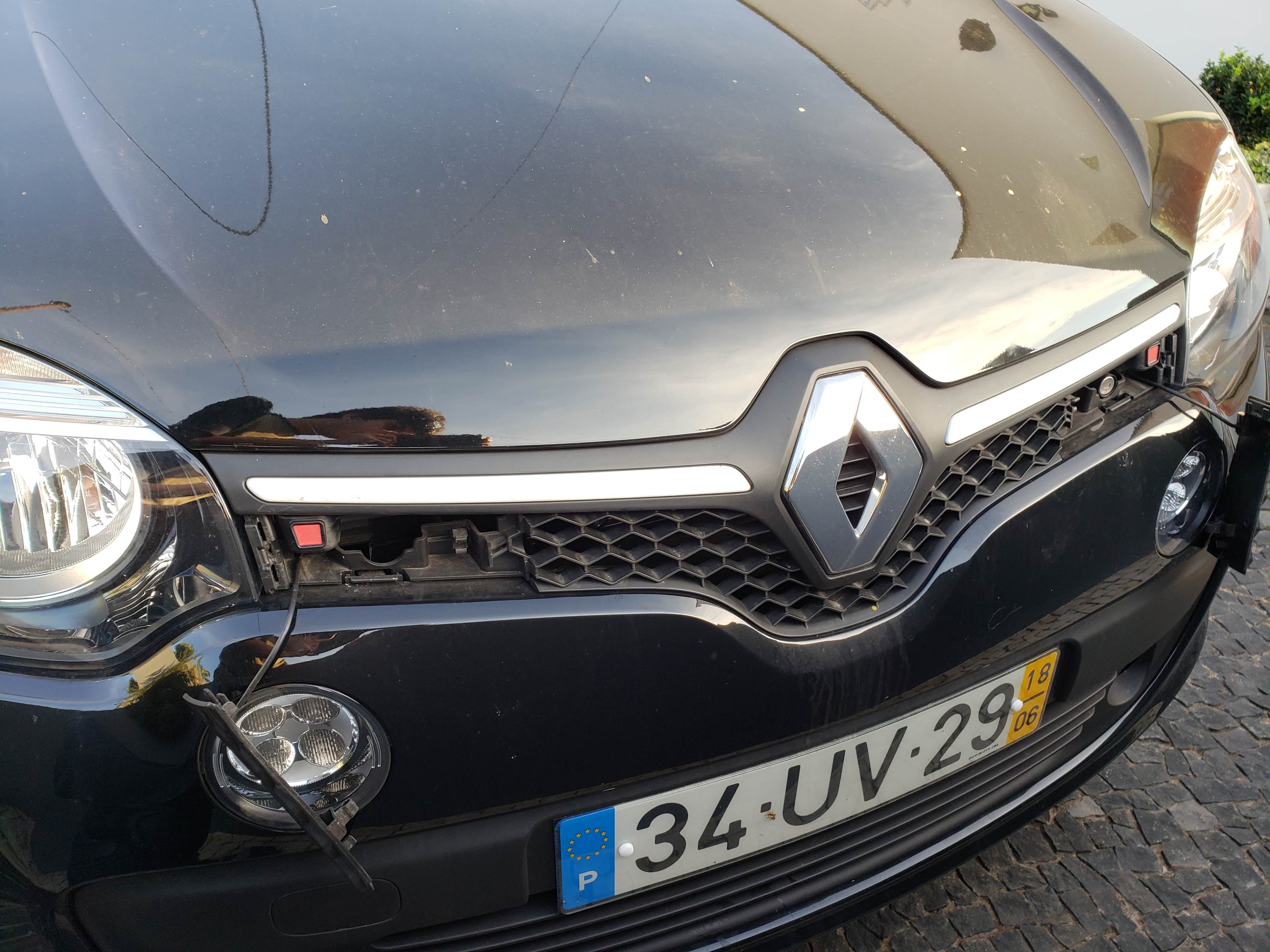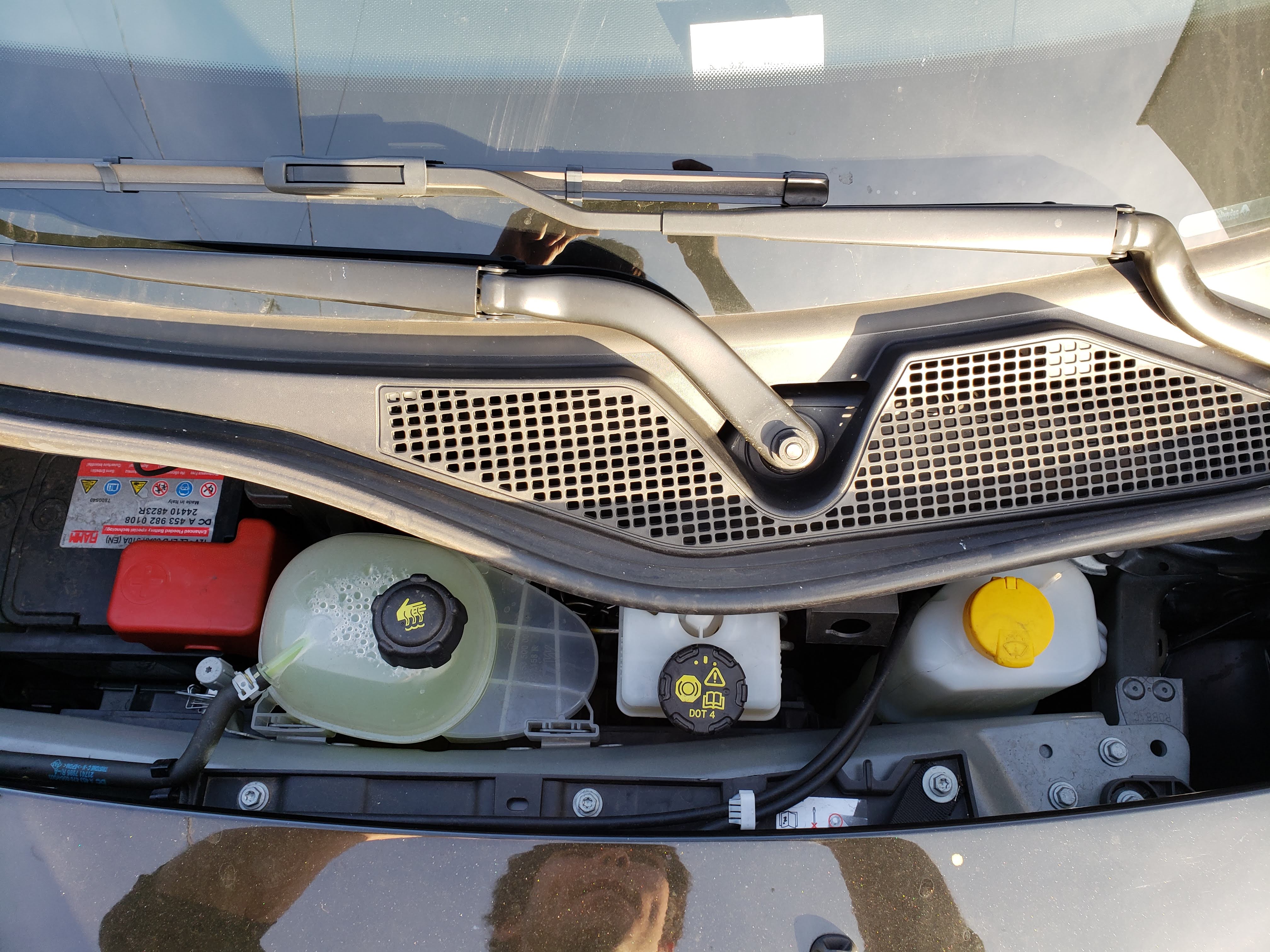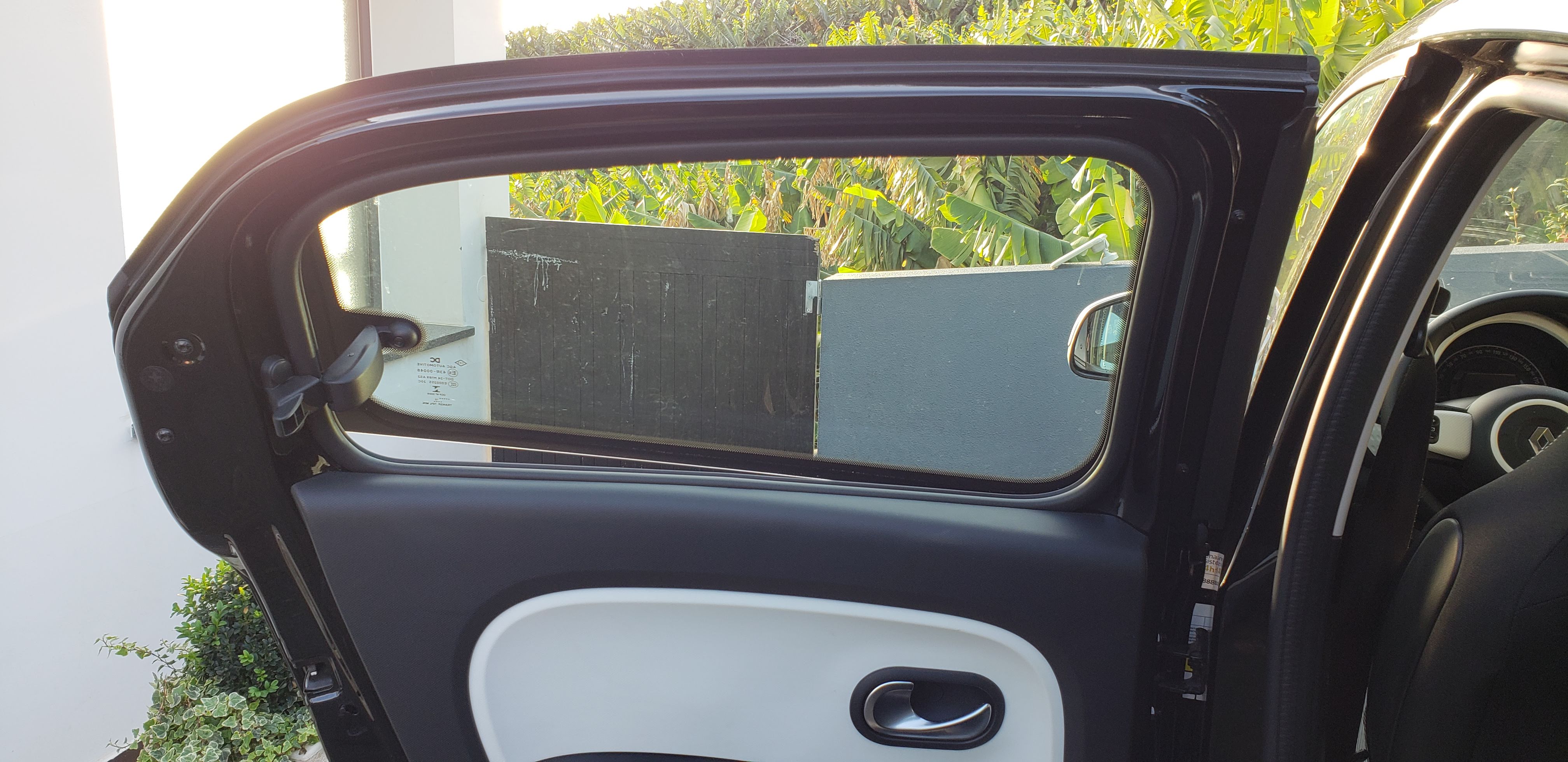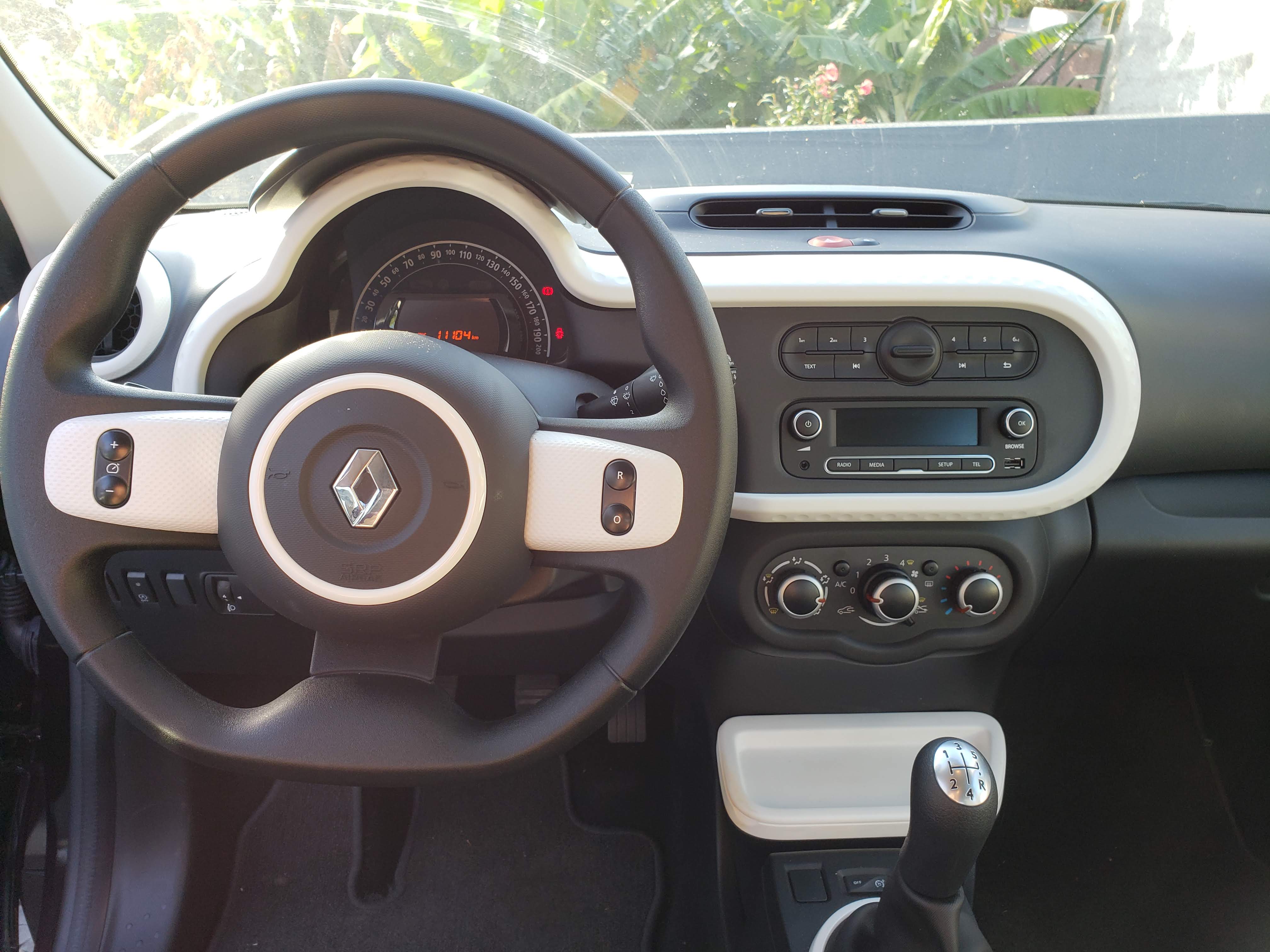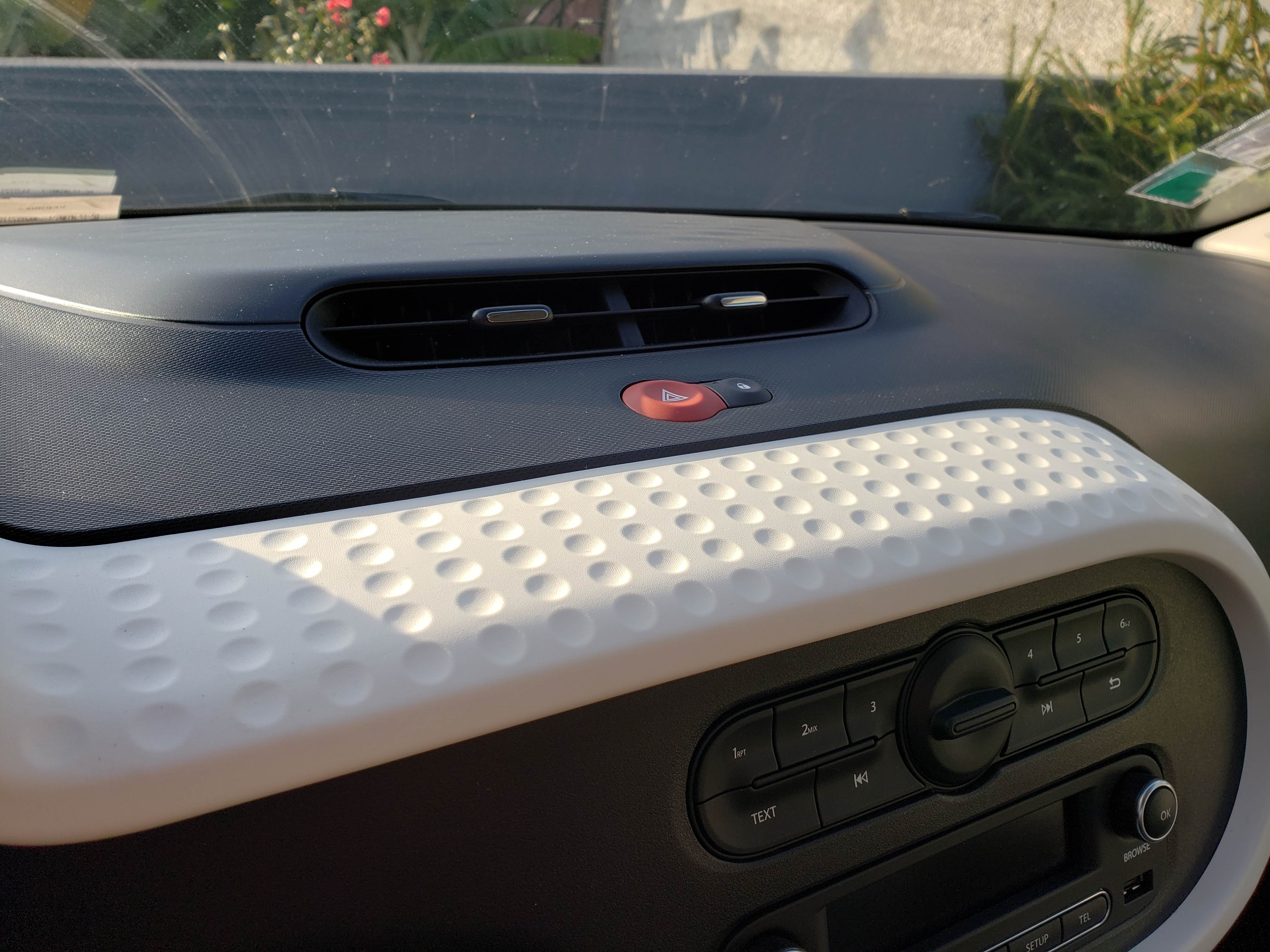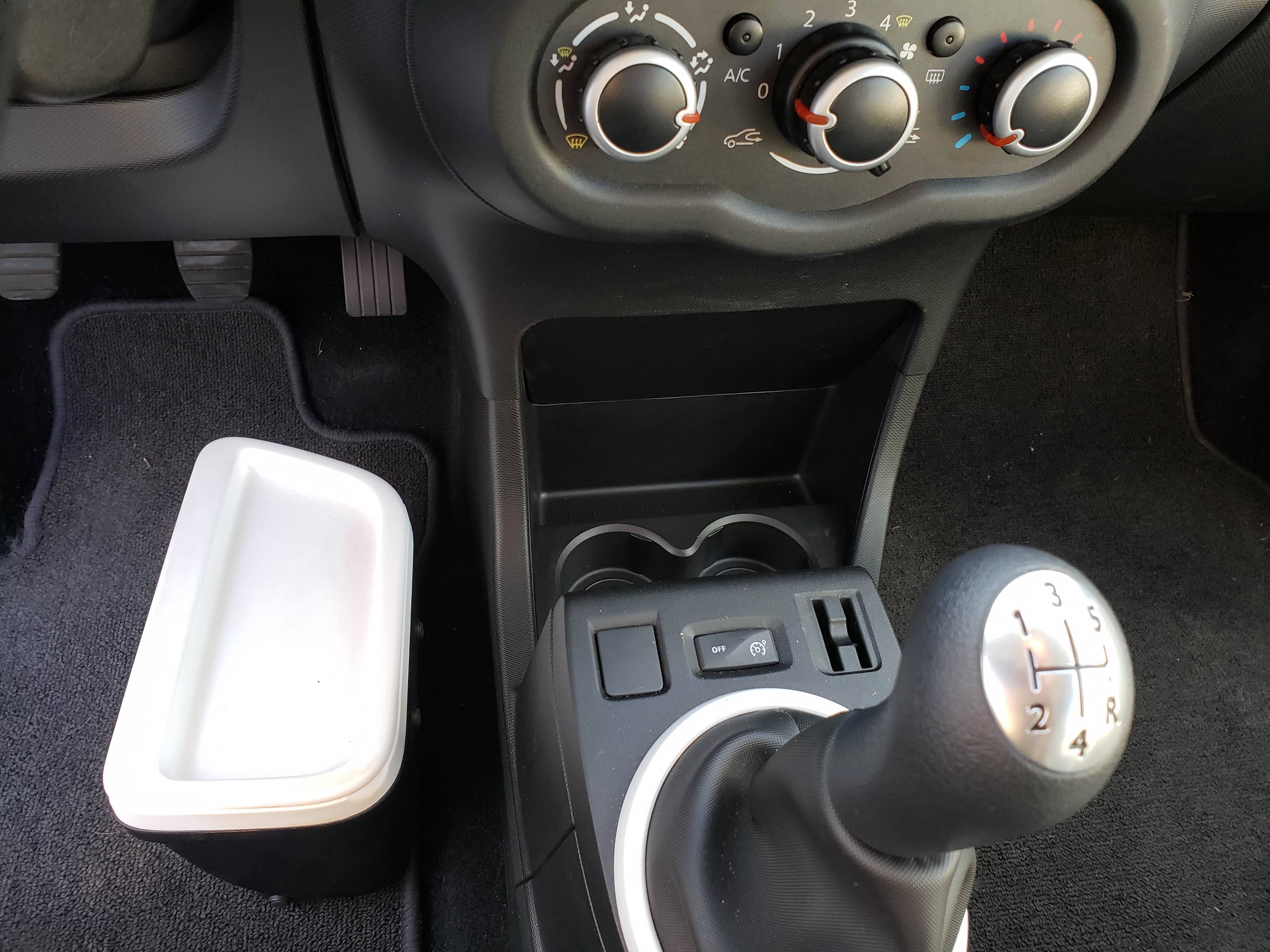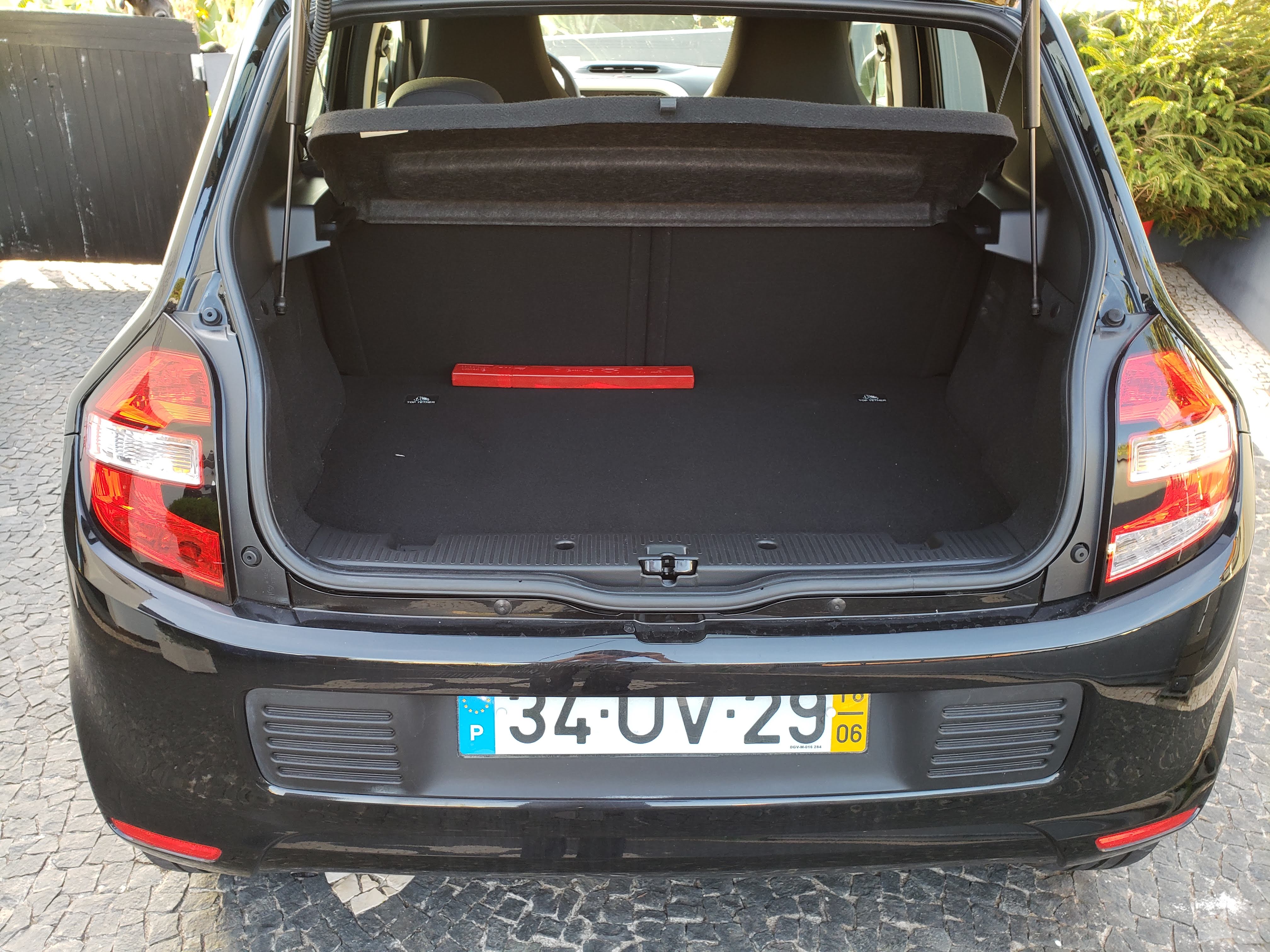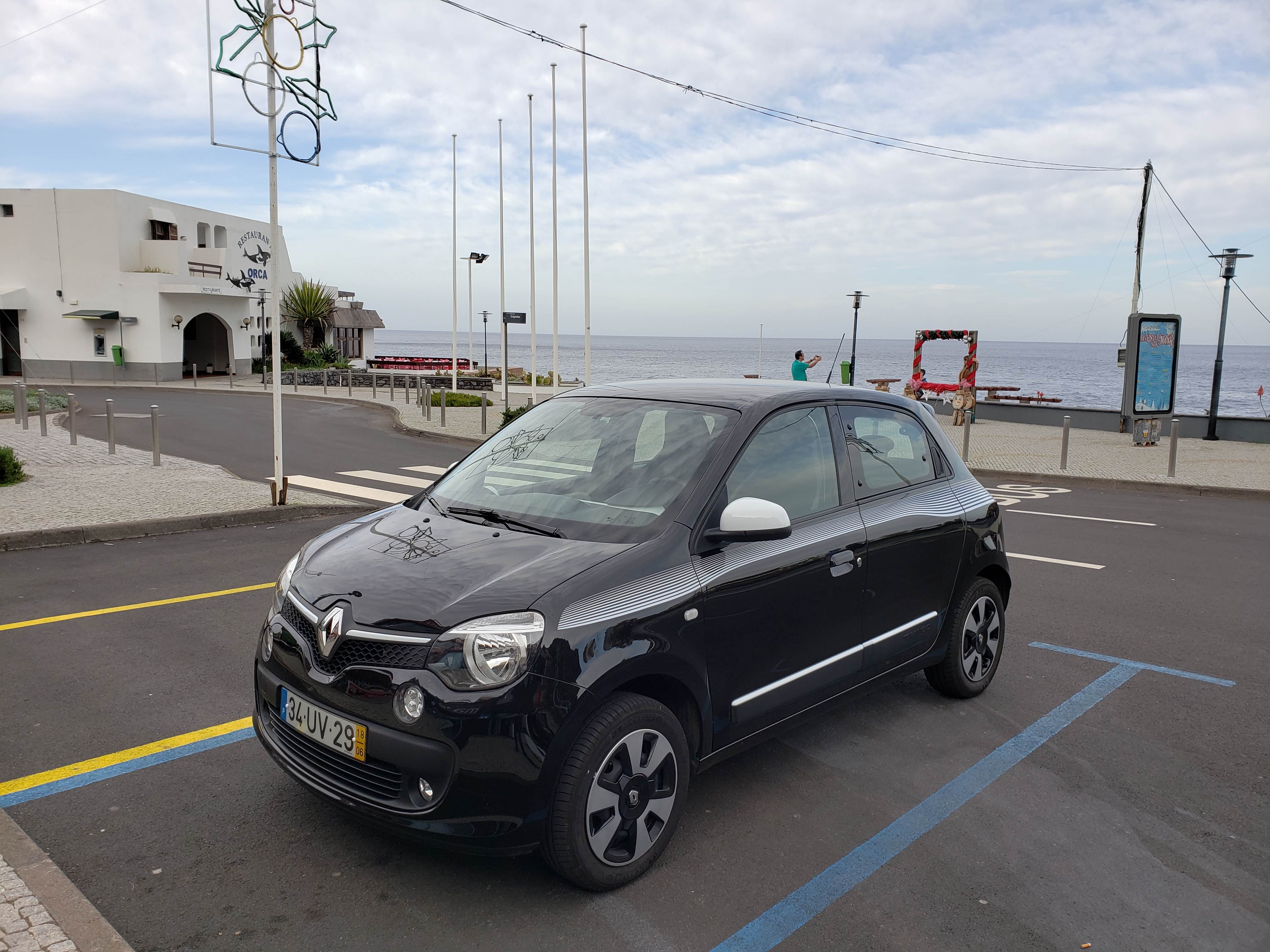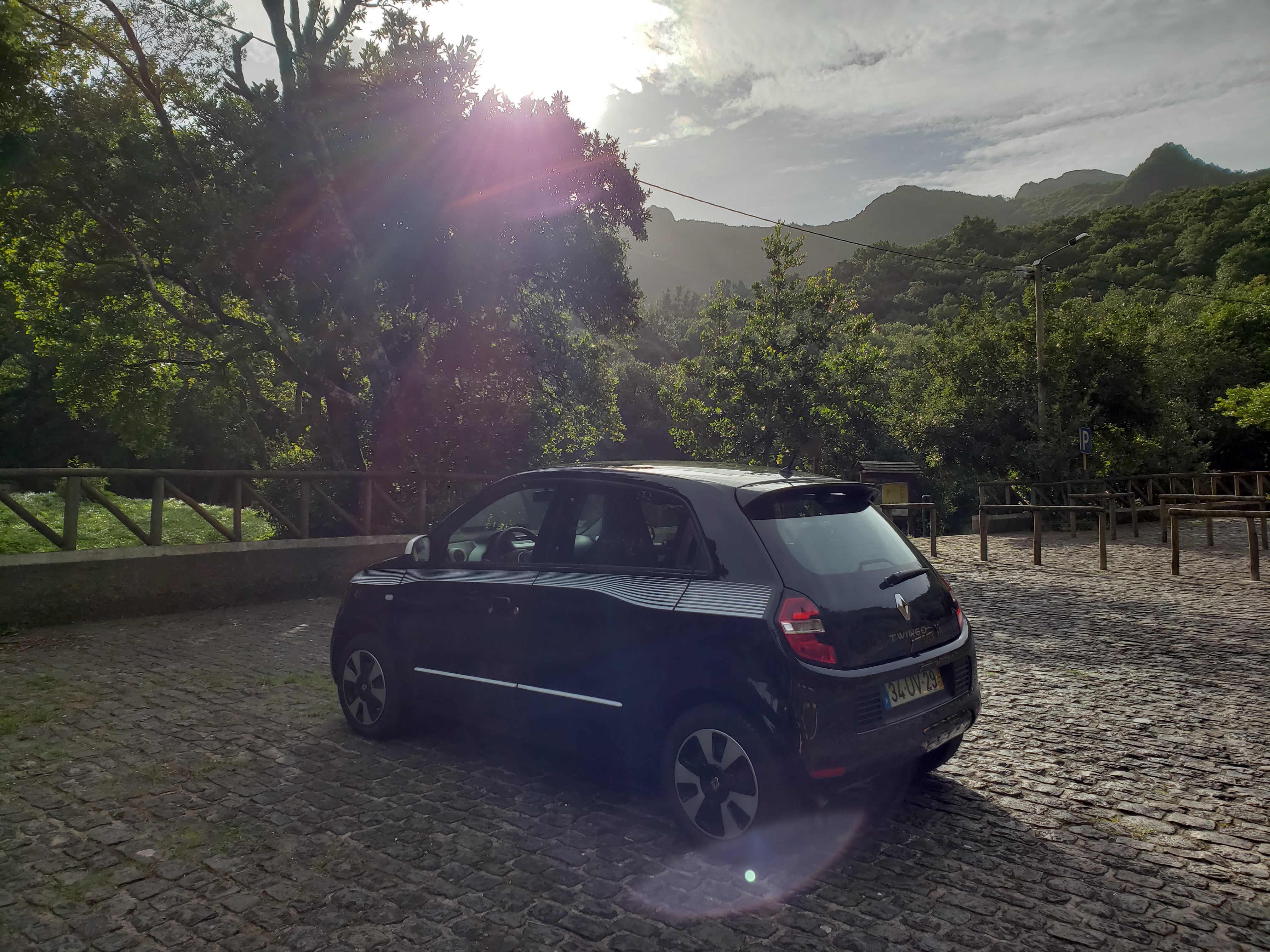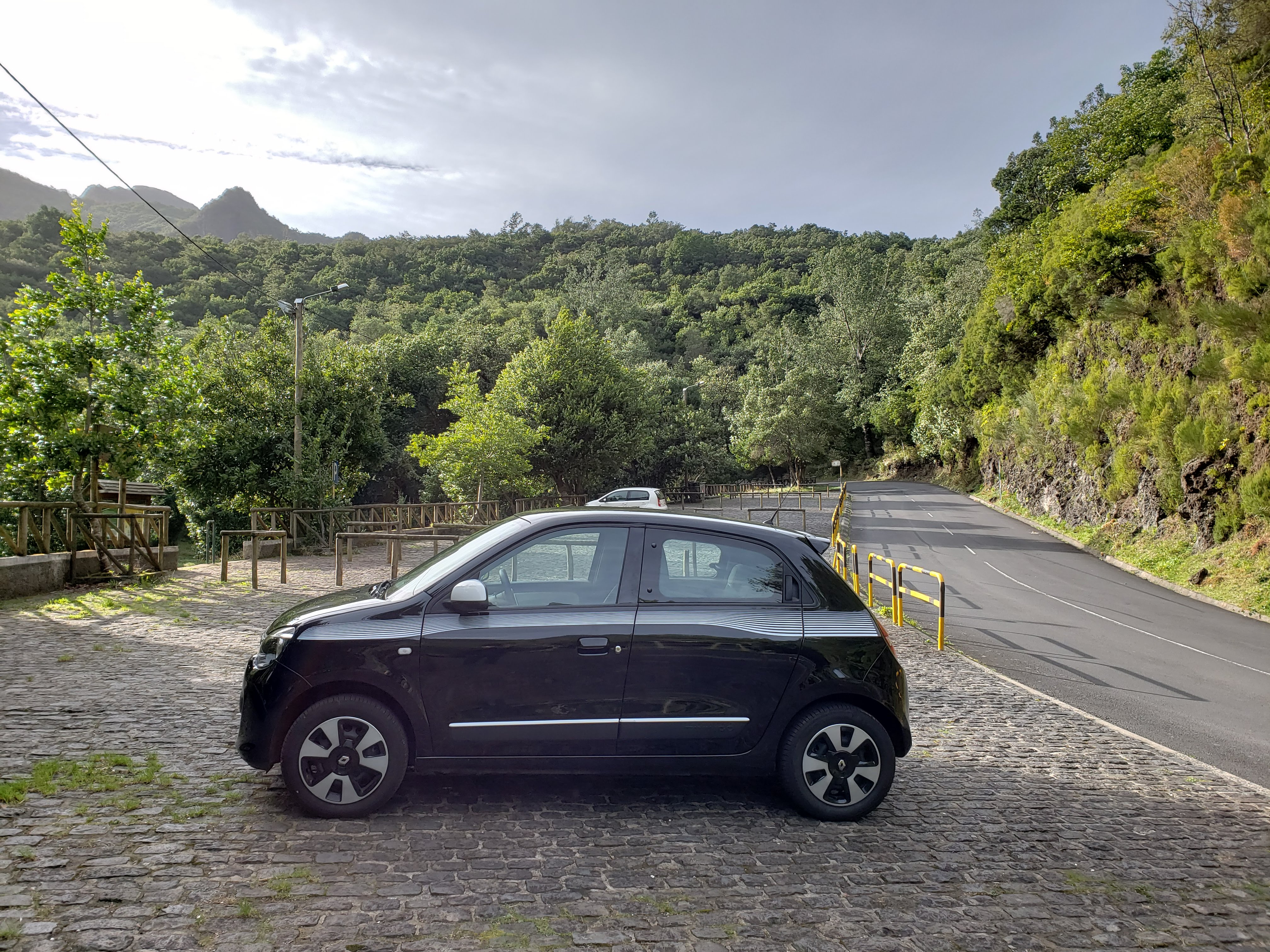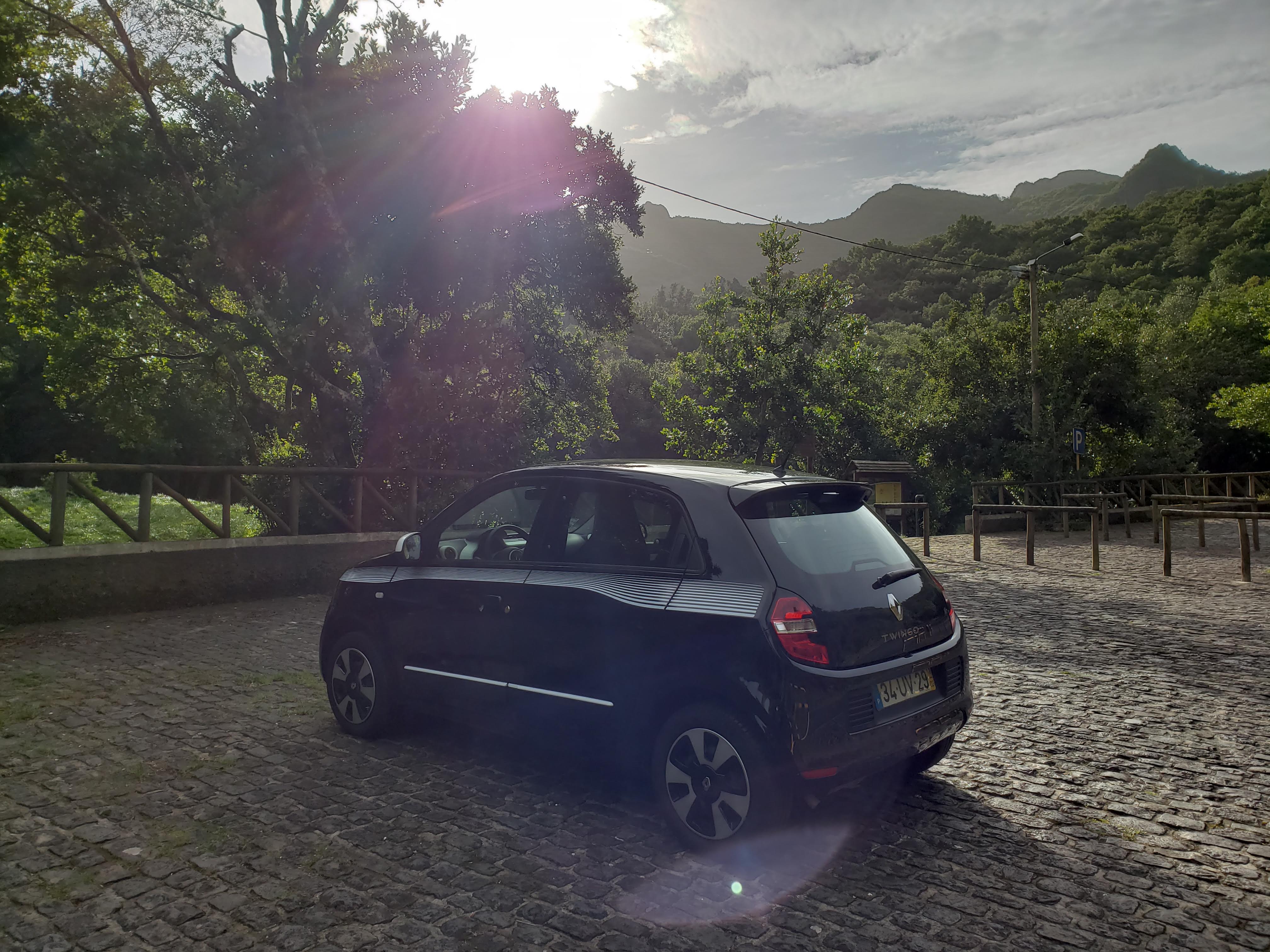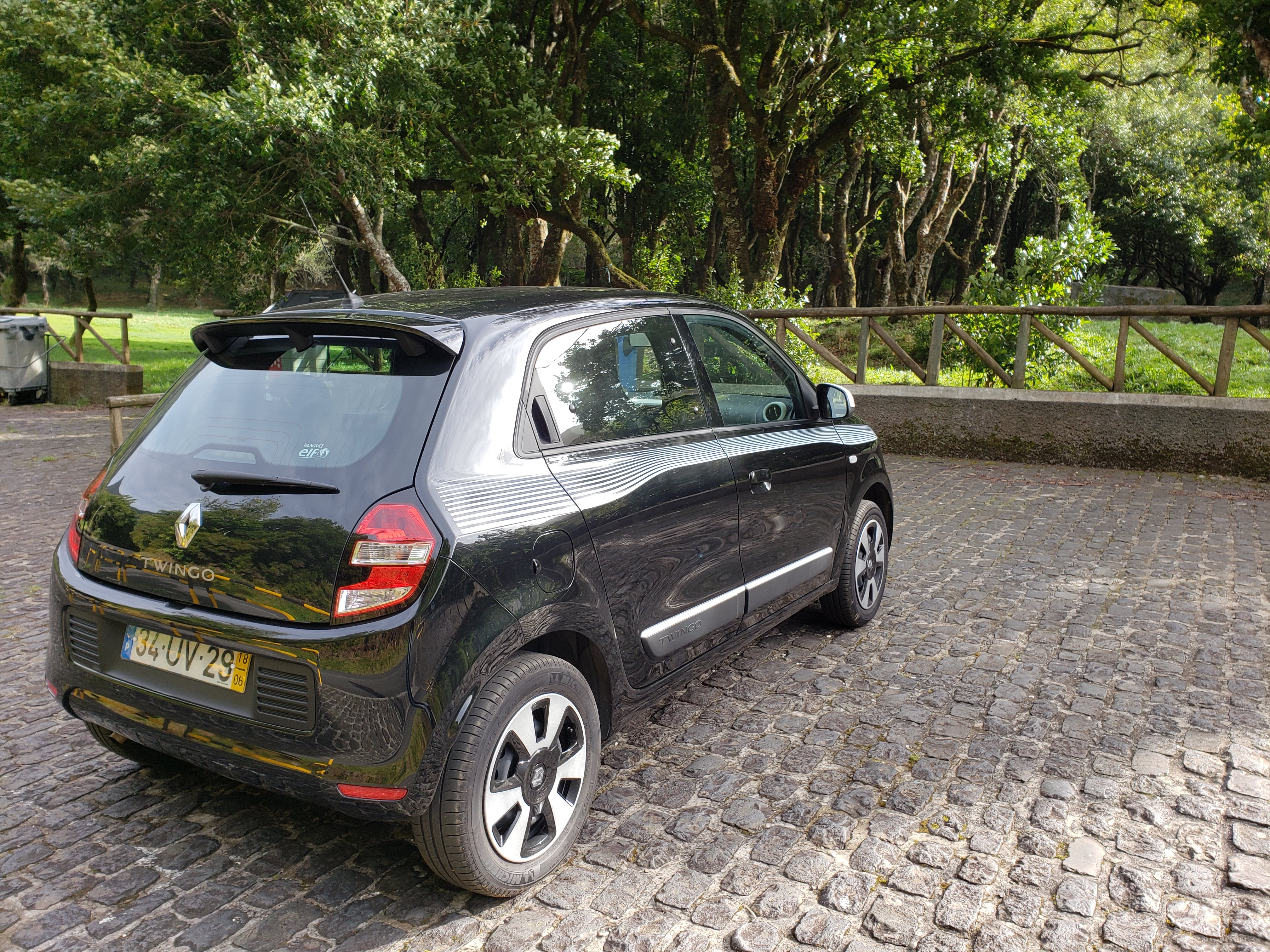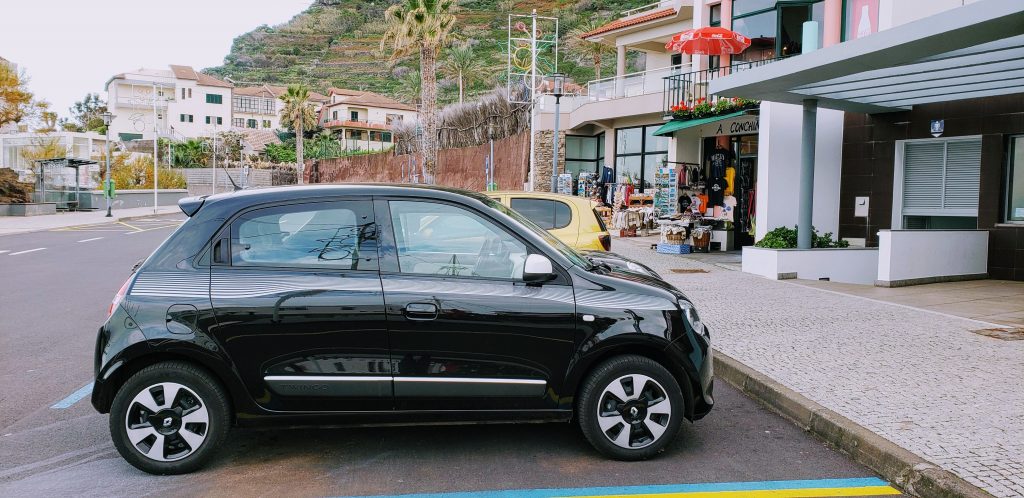
It’s late. Our nearly twenty-four hour trip from Toronto to the tiny speck of an island known as Madeira had reached its conclusion at an Enterprise rent-a-car counter. Usually, on any trip, I try to rent something interesting, fast, and fun; a Mustang or better.
But this is Portugal – the land of narrow side streets, expensive gas, and manual transmissions – so I figured anything in Enterprise’s “Mini” fleet would suffice. I honestly couldn’t have cared less when I was handed the keys to a Renault Twingo III. That was until the gentleman tasked with introducing us to our vehicular partner mentioned in passing that it’s fucking rear-engined.
Glance under the rear of any 3rd generation Twingo and you’ll find an entire drivetrain. This one comes complete with a 1.0L three-banger that’s good for a whopping 70 hp and a five-speed manual transmission, all neatly stuffed in the one-foot of space between the trunk floor and the car’s muffler. Lift the trunk carpet and you’ll find a stamped steel cover held on with six hex-nuts that prevent you from easily accessing the engine – like a Porsche. Unlike a Porsche, there’s no electronic oil monitoring, and no way to add oil without opening the engine compartment. This means that, per the owner’s manual, Renault expects you to empty your trunk, lift an inch of soundproofing out of the way, remove the six plastic hex nuts (without breaking them), lift the engine cover off, and check your oil. Every 600 miles.
If your car happens to be consuming coolant, your life is a little easier. Pop two plastic covers off the front grill to expose two latches, one of which locks with a key. Pull the latches and the hood slides forward with a clunk, exposing brake fluid and coolant reservoirs.
The rest of the car is equally quirky. The whole interior is ordained with this white-dimpled plastic, and everything – from the flat-bottomed steering wheel to the lengthy shifter feels straight out of a child’s play set. That is to say, rough, hard plastic. The rear windows don’t roll down but rather pop-out, like a vintage Beetle, and there’s a removable trash bin in the center console. Then there’s a single lock button in the very middle of the dashboard next to the hazard lights.
How does it drive? God damn slow. Slow in a way that it makes me reconsider every other car I’ve ever called slow.
Usually when we refer to a car as “slow” we’re really saying that it’s slower than cars we consider “fast” (i.e. the Scion FRS is universally referred to as “slow” because it’ll get beat off the line by a V6 Camaro.) The Twingo is slow in such a way that it actually impedes your ability to get places; maintaining highway speed in fifth-gear requires nearly constant full-throttle. God-forbid the road crests slightly upwards, as you’ll find yourself being that asshole going twenty below the limit on a single lane highway while you try to find third gear. Bogging completely going up a hill at 30 km/h in second gear is an all too familiar experience in the Twingo. For those looking for numbers, the Twingo will hit 100 km/h in a mind-numbing 14.5 seconds. Stay on the throttle for God-knows how long, and you’ll eventually get to 151 km/h.
On the bright side, with a curb weight of 1905 lbs, it’s stupid light, which means that it’s surprisingly capable on the downhill. Navigating it down a mountain feels less like manoeuvring a ton of steel and plastic and more like riding a bicycle; you can find yourself moving surprisingly fast. When you do approach the limit, undefeatable traction and stability control, paired with a staggered tire setup, means the Twingo will always understeer. That said, you’re still driving a car with a 55.8% rear-weight bias and a pint-sized wheelbase, meaning that if the rear does step out of line, you’ll end up backwards before you know it, as demonstrated here.
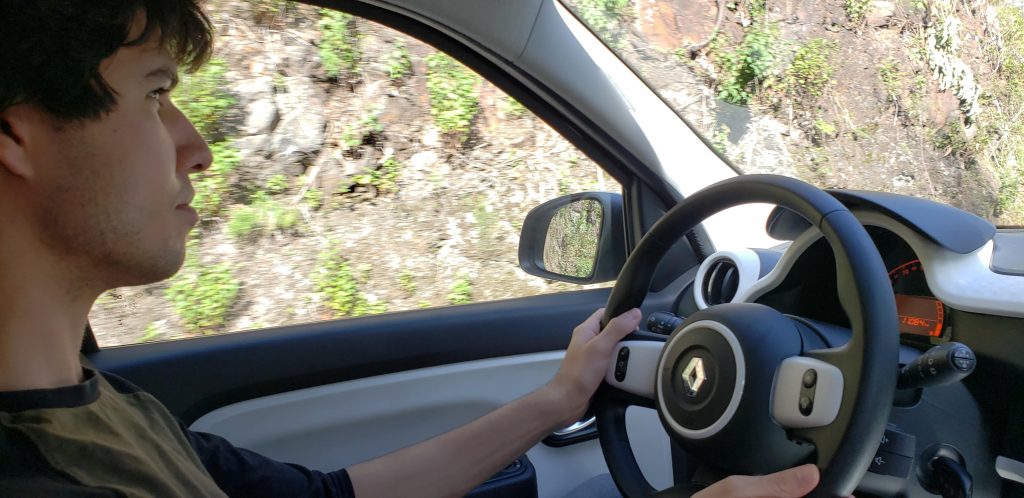
And there’s not much in terms of feedback to alert you that you’re approaching that limit. Steering is numb and the car rotates way, way aft of the driver making it feel nervous and unstable, even if there’s a surprising amount of grip available.
At the end of the day, the Twingo meets its objective. That is to say, it’s a fine city car. The rear-engine layout means the front wheels have plenty of steering angle, making the Twingo nimble and absurdly easy to park. Despite nearly constant full throttle, I managed an impressive 6.1L/100km (38 MPG). It’s also easy to drive; gear shifts are long so it’s always easy to find the right gear, and transmission synchros are soft and forgiving, meaning you don’t really concern yourself with menial tasks like rev-matching. Which is good, because this Twingo doesn’t have a tachometer.
If I’m attempting a fair comparison with other cars in its price range, the Twingo is a solid car – which is a nice way of saying it’s leaps and bounds better than a Mitsubishi Mirage, because you can’t get yourself very much car for ~€10,000. Which leaves me wondering if buying a new car at this price point makes any sense in the first place. Because – while €3,000-4,000 isn’t pocket change for the type of consumer shopping for a Twingo – it’s the difference between what has potentially been the most annoying driving experience of my life and a reasonably good car, like the VW Up! GTi or Honda Fit. Or better – just buy a lightly used good car. You deserve better.
